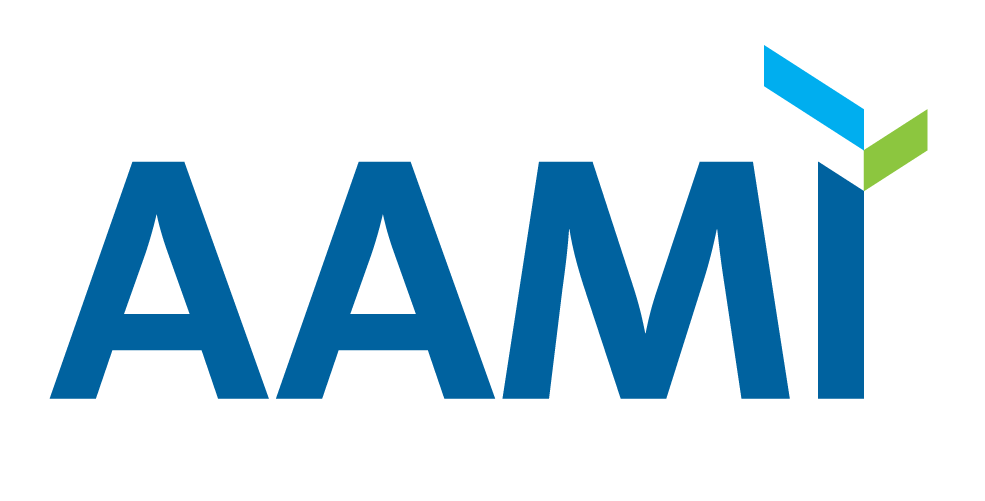Alarm Anthology: Coalition Work Groups
“ My work with the coalition helped me understand the various perspectives of different stakeholders, including nurses, physicians, academic scientists, and industry, and also pediatric vs. adult differences. We’ve shared our concerns and opportunities for improvement with our chief medical officer and vice president-level nurse leadership. We have a safety initiative now to reengineer the ways we monitor patients in the hospital and at home. Our team reviewed the coalition materials as part of our internal planning process. The AAMI Foundation’s Mary K. Logan research grants have also enabled innovation in this space.”
—Chris Bonafide, research director for pediatric hospital medicine at Children’s Hospital of Philadelphia
Eight National Coalition Work Groups and Select Accomplishments
National Coalition participants rolled up their sleeves to address priority issues during their four-year engagement with the AAMI Foundation. Highlights of their accomplishments:
- SpO2 alarm management. This group led the development of the SpO2 Alarm Management Toolkit,
which is designed to help healthcare organizations optimize patient safety by providing resources, strategies, and approaches to mitigate nonactionable (clinically insignificant) SpO2 (saturation of peripheral oxygenation) alarm signals.
- Alarm taxonomy. This group collaborated with AAMI’s Medical Device Alarms Standards Committee to develop standardization around alarm terms used by industry.
- Competencies, training materials, and tests for alarm management. This group created a toolkit for nurse leaders, published in Clinical Nurse Specialist, to establish a baseline set of wiser practices in the safe and effective
use of physiological monitors related to alarm management.
- Building a national research database, and a database of hospital default settings. This group created an Alarm Parameter Inventory for healthcare organizations to record default settings on alarm parameters on common hospital units, which they can use to comply with The Joint Commission’s 2014 National Patient Safety Goal.
- Collection, analysis, and monitoring of alarm data. This group conducted complex analysis of alarm data, which informed the development of two technical information reports by the AAMI’s Medical Device Alarms Standards Committee:
AAMI TIR66:2017, Guidance for the creation of physiologic waveform databases to demonstrate reasonable assurance of the safety and effectiveness
of alarm system algorithms, and AAMI TIR71:2017, Guidance for logging of clinical and forensic alarm data.
- Helping hospitals become high-reliability organizations. This group developed a framework for
alarm management process maturity to help make patient environments safer with a more rational, evidence-based approach. Alarm management is a component of a much larger initiative for hospitals to become high-reliability organizations.
- Monitor watchers. This group conducted a national online survey, primarily of nurses, to examine monitor watcher practices. Research: Use of Monitor Watchers in Hospitals: Characteristics, Training, and Practices details their findings.
- Ventilator alarms. This group benchmarked best practices in ventilator alarm management and clinician education for ventilator alarms. This group’s work also reflected priority issues from the 2014 AAMI/FDA Summit on Ventilator Technology.
Many work group participants also shared their findings and strategies in AAMI Foundation patient safety seminars and in presentations to professional associations.
How the AAMI Foundation Selects and Builds National Coalitions
Select Critical | Convene Critical Stakeholders | Publish | Communicate and |
|
|
|
|
